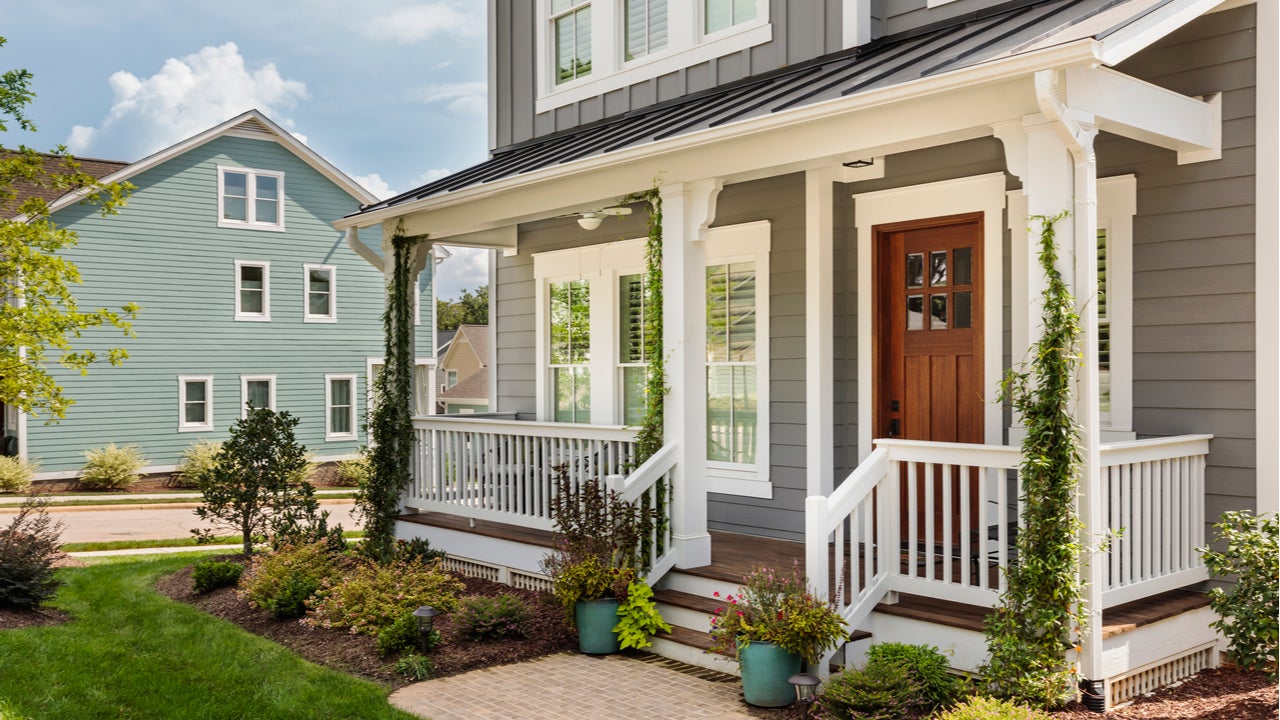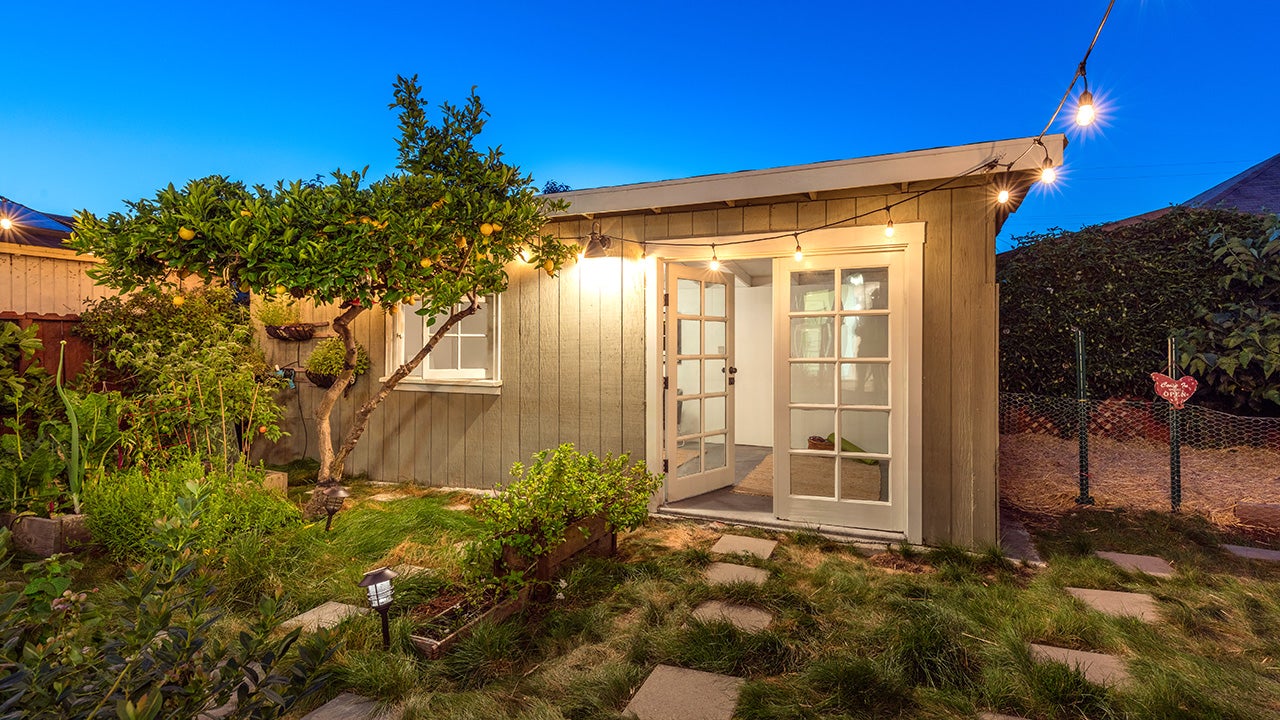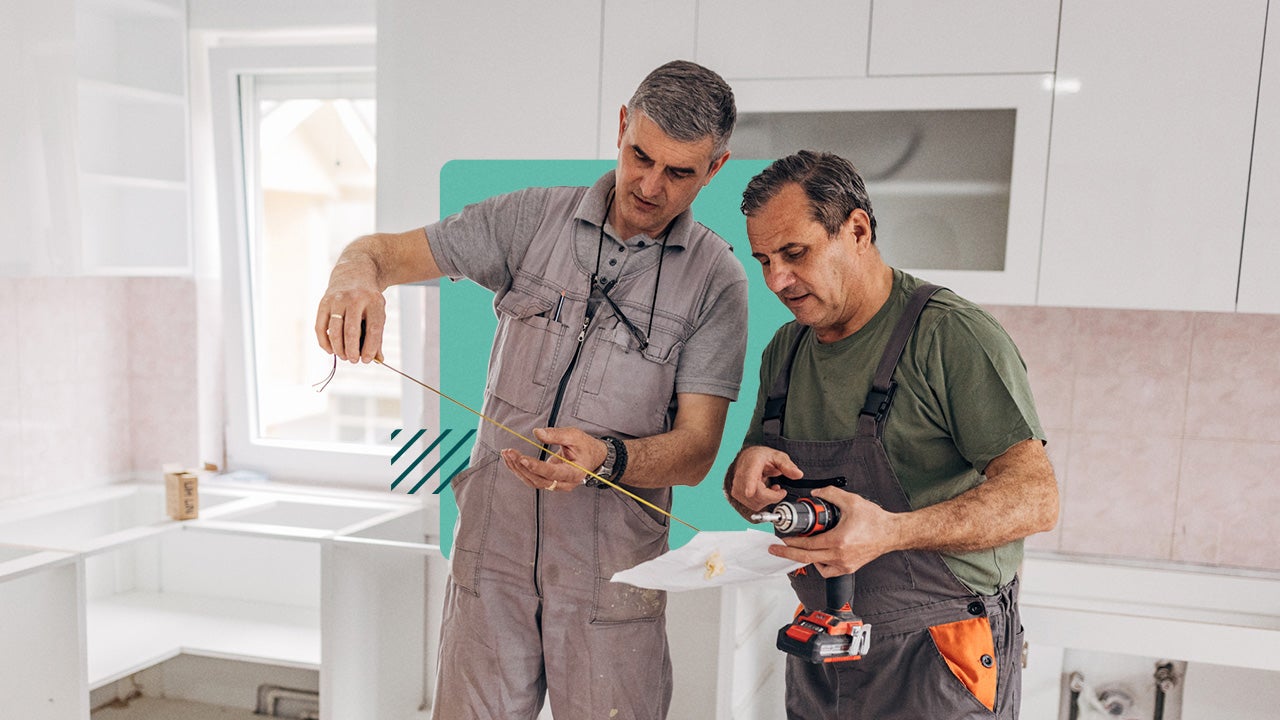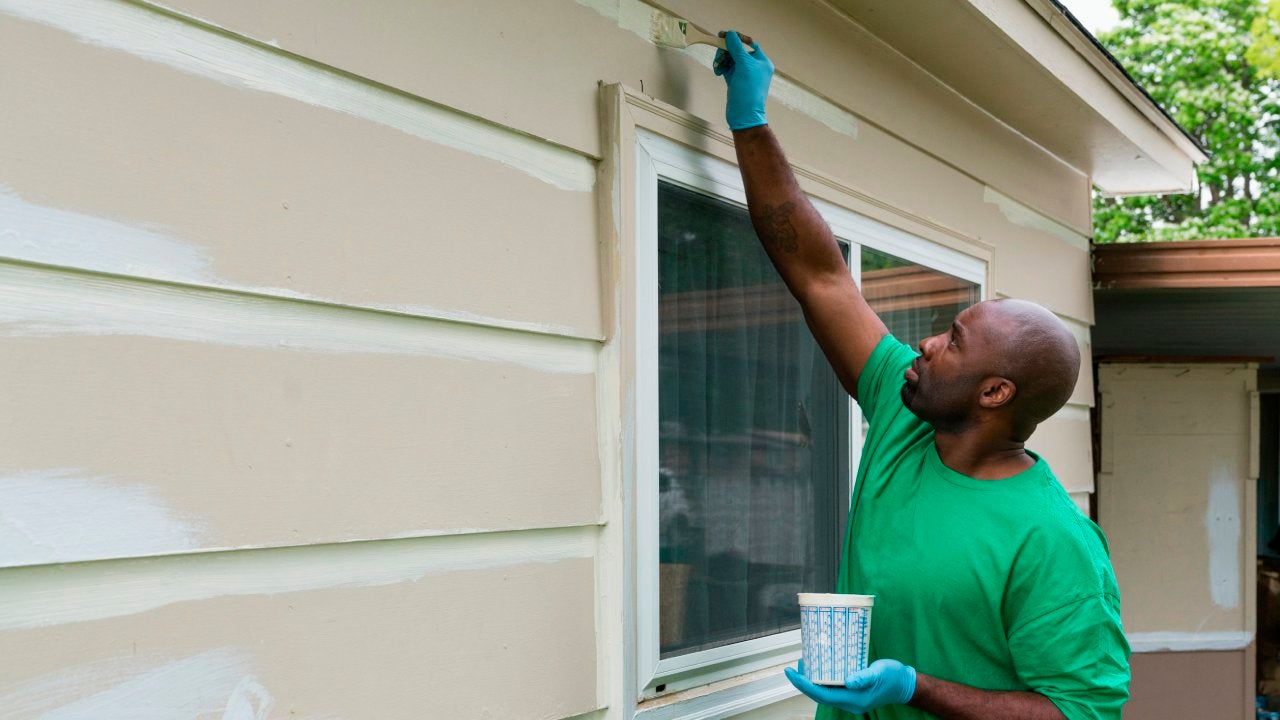How to remodel for less with reclaimed materials

Want to trim your remodeling project eco-friendly and trim its budget at the same time? The answer may be using reclaimed or salvaged materials.
“If you go the salvage route, you’re reducing the amount of waste in the landfills, saving money, and you’re able to build something that’s different than what everyone else is building,” says Carrie Ferrence, the former director of business development at Second Use, a Seattle store that sells reclaimed business materials.
The environmental impact is huge. In 2018, the most recent year on record, the United States generated 600 million tons of construction and demolition debris, according to the Environmental Protection Agency. That’s more than double the amount of municipal solid waste generated. It’s also more than double than was produced just five years prior.
The impact on your budget can be sizable as well. Salvaged materials in the shape of doors or molding can sell for 50 percent to 75 percent less than buying them new. Reclaimed renovations have even gotten trendy in recent years, thanks to the popularity of television renovation shows like Fixer Upper and Salvage Dawgs.
While you won’t have to sacrifice style to make reclaimed materials a part of your renovation, it’s not going to be as easy as a quick buying trip to Home Depot.
You may have to put in some time…
You’re likely not going to find all the doors or tile you need to remodel your house on your first visit to the salvage store.
“Like any second-hand industry, come with your measurements, come with some creativity, and come with a truck,” says Leslie Kirkland, executive director of the Baltimore nonprofit reclaimed building supplies store The Loading Dock. “You might have to go back to find what you’re looking for.”
While interior and exterior doors are common finds at salvage stores, consumers can also buy light fixtures, sinks, cabinets, molding, tiles, and many other things needed for remodeling a home.
…but you’ll have plenty of options
There are salvage stores across the country, stocked with materials recovered from deconstructed homes, buildings and schools, and from homeowner donations. The nonprofit Habitat for Humanity runs salvage stores in many areas under the brand name ReStore, but you can also find a list of architectural salvage stores via the online directory from Old House Online. Many such stores are updated regularly. Perusing salvage stores isn’t the only way to find reusable materials.
Pawn shops and some thrift stores and flea markets may have usable items. Online marketplaces like Craigslist, Etsy, and eBay all offer reclaimed materials for sale. Some Facebook groups and the website Freecycle also feature people offering used materials (and pretty much anything else you can imagine) for free.
Another option: Visiting the local dump or salvage yard in your town or county. For those finds, however, you may have to test for hazardous materials, like lead, rust or asbestos. Most salvage stores won’t sell anything with asbestos, and they may tag items likely to contain lead paint. Generally, though, it’s buyer beware.
You may need to be flexible
If the exact tile or fixture that you envisioned for your project isn’t available, you may need to look at the types of things that are — and work backwards to retrofit your design. Using an architect or designer who’s experienced in working with – and sourcing – reclaimed materials can make this process much easier. Of course, learning to improvise is rarely a bad thing — especially if you come across a conversation item like a statement chandelier or an ornate mirror.
There may be extra labor costs
Even if you use reclaimed materials that cost less, you’ll still have to pay for the labor to install them. And that could get costly, given your finds may not fit standard, modern-day dimensions. That happened to one client of Paulo Scardina, a designer with the architectural and design firm Sustainable Sedona in Sedona, Ariz. They’d thought they’d gotten a bargain on salvaged doors. Unfortunately, they didn’t factor in how much they’d have to pay the contractor to trim and retrofit each door so that they’d fit in the home, says Scardina.
Still, in cases where the parts fit and the reclaimed materials blend in, homeowners not only get cost savings but also a distinctive look. “When you’re working with salvaged materials, you get really interesting designs,” Scardina says. “Whether [the cost savings] washes out depends on a case-by-case basis.”
Think about what you throw out
If the goal is to reduce the environmental impact of your renovation, you’ll need to also think about the waste that the project is generating. Ask your contractor whether they can help you “deconstruct” your home, so that it’s dismantled in a way that leaves the discarded materials from the dated bathroom or gutted kitchen intact and usable.
Consider whether you can sell those materials so that they don’t end up in a landfill. Or better yet, consider donating them to a charity or nonprofit that shares the same goals as you, like Habitat for Humanity. You may be able to claim a charitable tax deduction. And if you are using salvaged goods, wouldn’t that give a fitting rounded structure to your remodeling project?
The bottom line on remodeling with reclaimed materials
Using reclaimed materials is a great way to save money and save the environment. It keeps costs down while also repurposing materials that would otherwise end up in landfills. Helping to increase the sustainability of your home can also increase the value of your home, on top of the additional benefits of using reclaimed materials for your remodel.
If you’re in need of financing, consider using your home equity to make necessary updates to your home. If your house is worth more than you owe on it, you may be able to use that equity to make home improvements.
You may also like

How to get an instant cash offer for your house

Tiny homes: Are they worth it?

How much do kitchen cabinets cost?

Which home improvements add the most value?


